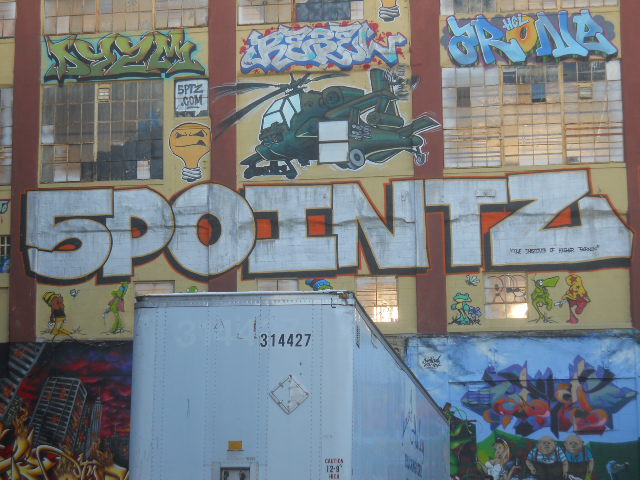Graffiti Artists’ VARA Copyright Win Gets Tacit Thumbs Up from SCOTUS
A collective of 21 New York graffiti artists at a Queens warehouse known as the 5Pointz complex can rest easy now that the U.S. Supreme Court declined last week to hear an appeal from a New York City developer fined $6.75 million for destroying the artists’ works.
What is VARA?
The Visual Artists Rights Act (“VARA”) is the statutory embodiment of what are known worldwide as “moral rights,” and grants to artists, among other things, the rights of integrity and attribution. Under 17 U.S.C. § 106A(a)(3)(B), “the author of a work of visual art…shall have the right…to prevent any destruction of a work of recognized stature, and any intentional or grossly negligent destruction of that work is a violation of that right.”
What Did the Courts Say?
The Supreme Court let stand a February 2020 Second Circuit decision that in turn affirmed a district court’s order against defendants Gerald Wolkoff and four of his real estate entities. The named plaintiff in the case, Jonathan Cohen, is a prominent figure in the world of graffiti (a.k.a., “aerosol art”), and was hired to fill a dilapidated warehouse space Wolkoff owned with graffiti. Subsequently, the site “evolved into a major global center for aerosol art” and “attracted thousands of daily visitors, numerous celebrities, and extensive media coverage,” according to the Second Circuit.
After the plaintiffs lost a preliminary injunction motion, the defendants did not ingratiate themselves before the district court when they enlisted a group of workers to whitewash the art, which the Court considered “an act of pure pique and revenge.” The Second Circuit agreed, stating that “Wolkoff set out in the dark of night, using the cheapest paint available” to willfully destroy 45 works.
What Does “Recognized Stature” Mean?
In seeking certiorari with the Supreme Court, the defendants argued that the term “recognized stature,” which appears in VARA’s text, was constitutionally vague, an issue thus left unanswered. On this issue, the Second Circuit noted that while the term is not explicitly defined in VARA, “the most important component of stature…will generally be artistic quality” as acknowledged by a relevant community. To avoid involving the Court’s personal judgment in its analysis, the Court posited that the relevant community should be the artistic community, art historians, and critics. Critically for graffiti artists going forward, the Second Circuit ruled that VARA makes no distinction between temporary and permanent works, and thus saw “no justification for adopting an additional requirement not included by Congress.”
Damages
The damages in this case are also worth noting. Under 17 U.S.C. § 504(c)(2), a court may award statutory damages of up to $150,000 per willful infringement, which is in contrast to § 504(c)(1), which sets the maximum damages at $30,000 when an infringement is considered innocent. In this case, the district court found that 45 works were willfully infringed, and awarded the statutory maximum for each work. The Court noted that “[t]he sloppy, half-hearted nature of the whitewashing left the works easily visible under thin layers of cheap, white paint, reminding the plaintiffs on a daily basis what had happened.” Recounting the personal experience of one of the affected aerosol artists, the Court recounted that “[o]ne plaintiff, Miyakami, said that upon seeing her characters mutilated in that manner, it ‘felt like [she] was raped.’”
Photo by Youngking11 / CC BY-SA (https://creativecommons.org/licenses/by-sa/3.0)

